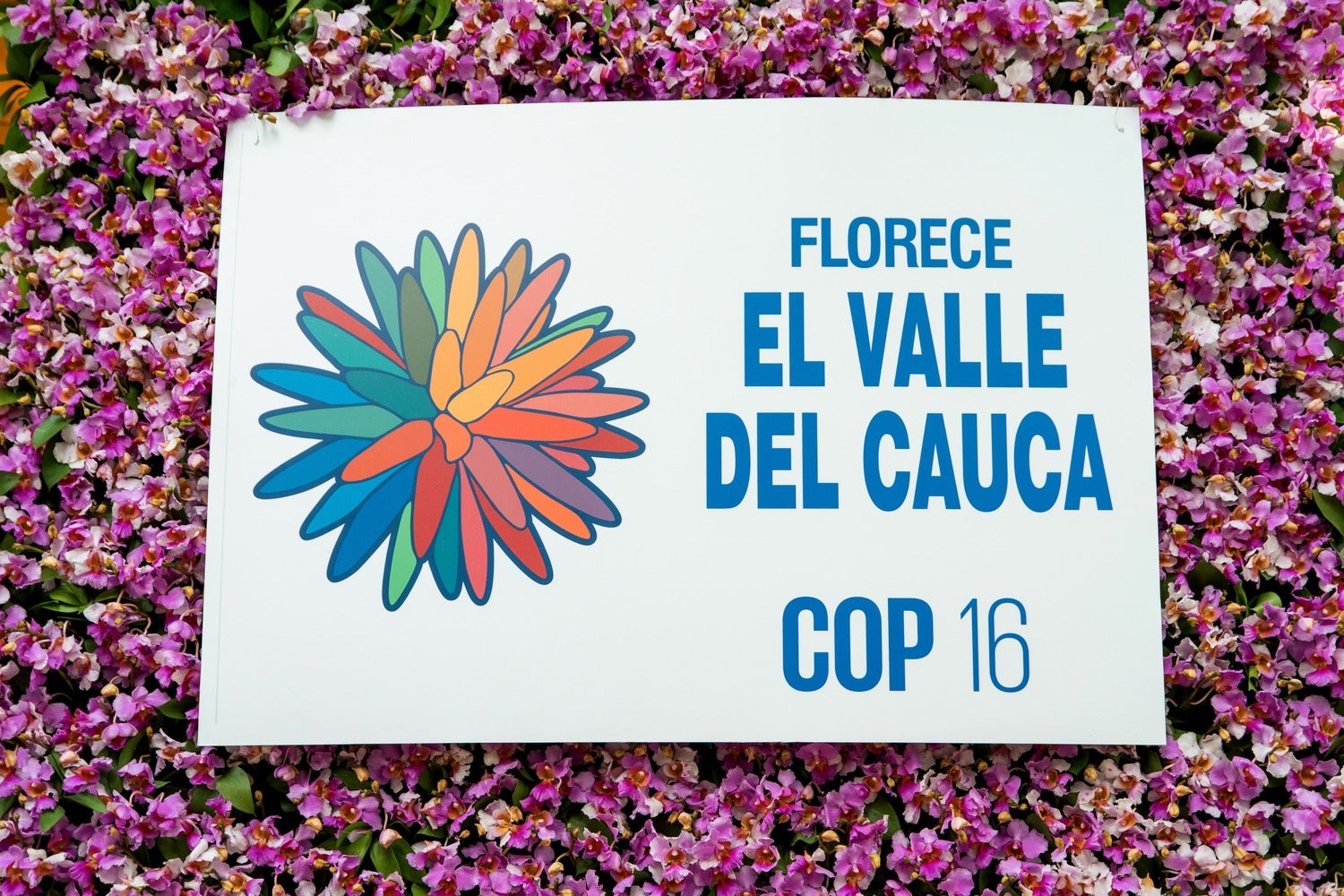A familiar-sounding conference is happening in Cali, Colombia, from Oct. 21 to Nov. 1—and the results could impact issues ranging from environmental justice to marine protection zones. We’re talking about COP16. This isn’t the same thing as the annual, emissions-focused COP (Conference of Parties) held by the United Nations—you know, the one that passed the 2015 Paris Agreement, which solidified the 1.5 degrees C goal to keep the worst of climate change from occurring. COP16 is similar (and confusingly named!), but it only happens every other year. Instead of focusing on global warming, it’s all about preserving the diversity of life on our planet, which is essential to the health of natural ecosystems and humanity alike.
COP15, 2022’s biodiversity conference, was the biggest yet. Nearly 200 nations agreed to a road map for the decade called the Kunming-Montreal Global Biodiversity Framework, which aims to protect at least 30% of the planet’s land, fresh water, and oceans by 2030. But the majority of member countries haven’t taken initial steps to reach that goal. Putting that agreement into action is the main objective of COP16.
What is a COP—and why are there two of them?
Actually, there are three COPs. Although their focuses overlap, each has a different priority: climate change, biodiversity, and land degradation. The three conventions were formed in 1992 as a result of the U.N.’s Earth Summit, a global conference on humans’ effects on the environment.
The conferences are each weeks long, which makes them too large to combine, according to some experts. And not every nation is a member of all three conventions; the U.S., for example, hasn’t signed on to the Convention on Biological Diversity (CBD) that was set in place in 1992. Nevertheless, the three coordinate on policy and scientific reports, and all of them are taking place in 2024.
“There’s a critical relationship between biodiversity and climate change and these issues cannot be treated in isolation,” says Crystal Davis, global director of the Food, Land & Water Program at World Resources Institute. “Protecting and restoring nature is essential for effective climate action.”
What are COP16’s hot topics?
The main objective is to protect 30% of land and water ecosystems by 2030. But only 29 out of 196 countries met a U.N. deadline to submit their road map for meeting this goal, which they were supposed to do before the start of the conference.
There are several other major goals of COP16: enhancing inclusion and representation of Indigenous people in biodiversity decision-making, addressing biopiracy—the issue of wealthy nations overwhelmingly profiting from species found in poor countries—and establishing funding for biodiversity protection, with developing countries receiving aid from wealthy ones. According to the U.N., spending needs to increase to $542 billion per year by 2030 to halt nature loss and meet climate goals.
So far, few funding projects have been approved. Most of these are based in the Global South but still managed by major banks and organizations in the Global North, to the frustration of Indigenous populations and representatives from countries home to some of the world’s greatest biodiversity hotspots.
What role you can play
The main thing we can do to support these efforts is vote—and we’re not just talking about the presidential election. Congress holds the key to making major steps toward nature protection reforms and financing. That includes ratifying international agreements such as the CBD, which get the U.S. invested in these world-changing biodiversity decisions. Now’s the time to make a voting plan and investigate the people on your ballot.

